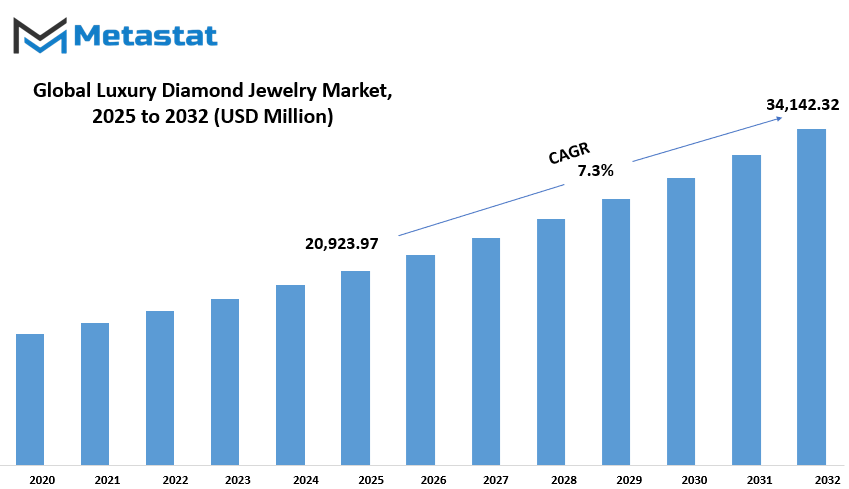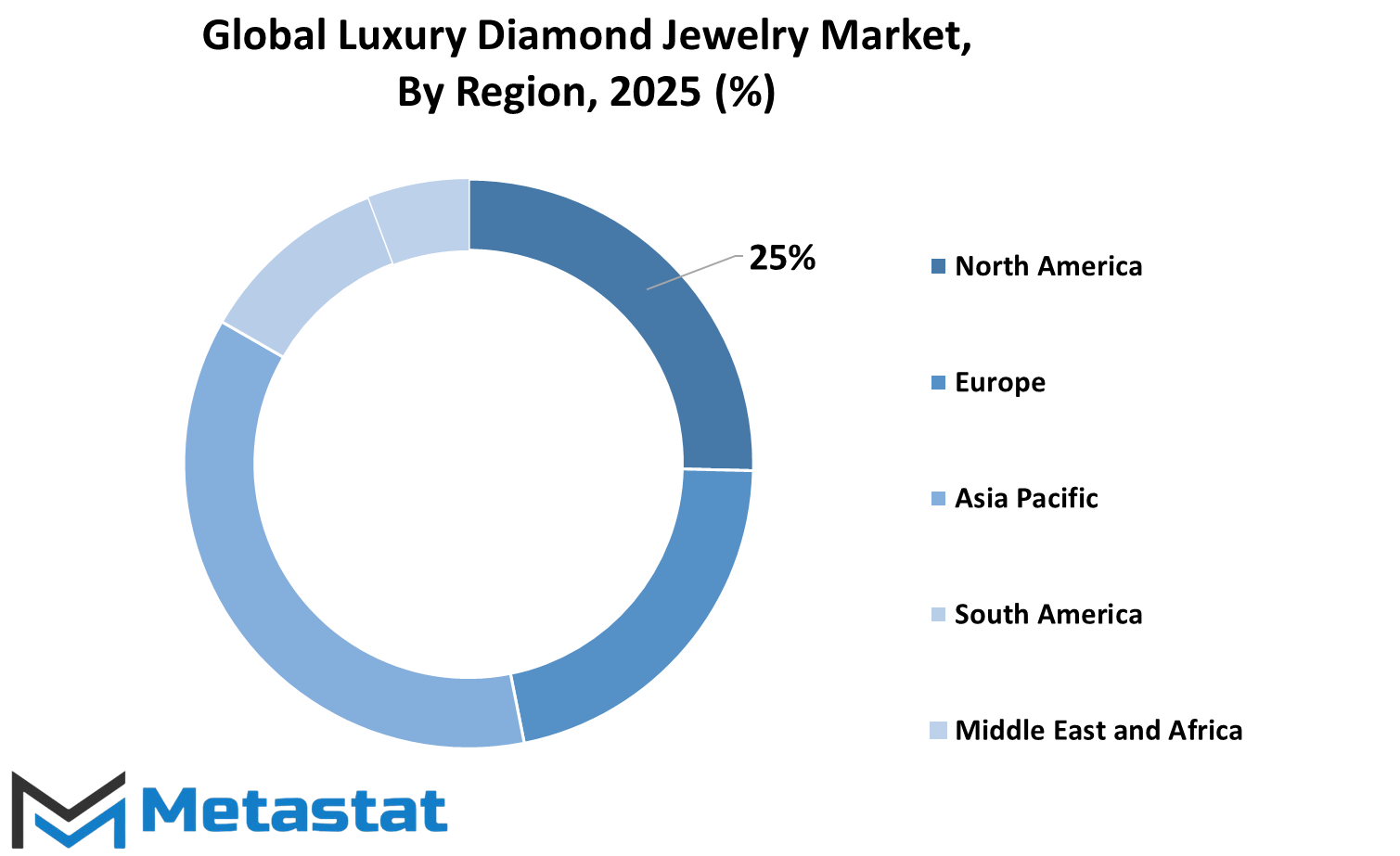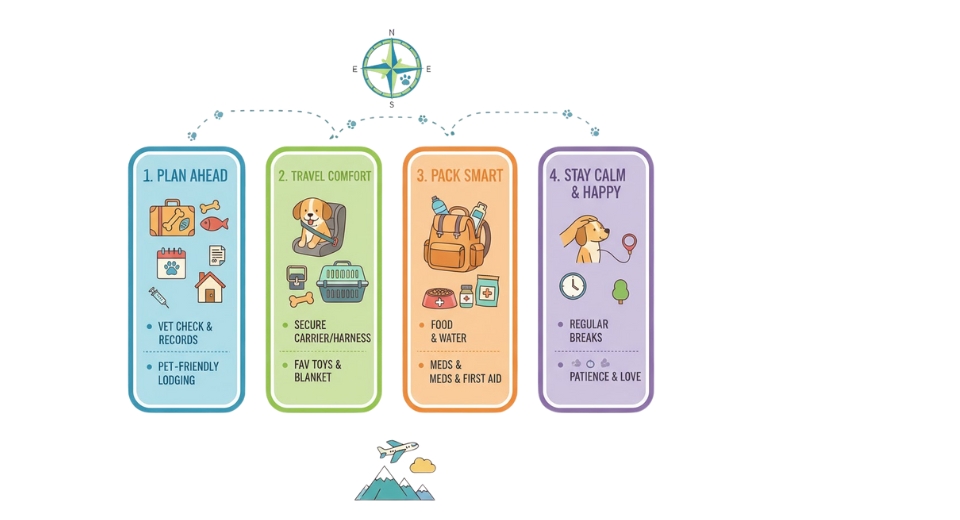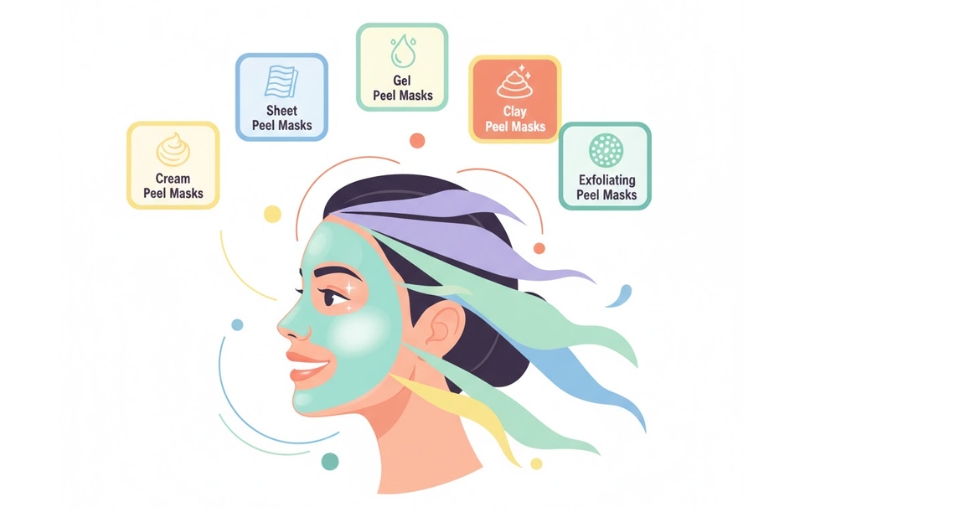MARKET OVERVIEW
The Global Luxury Diamond Jewelry Market is among the purest portions of the luxury goods space. It comprises those followers who are not merely heirs of the ornament in question, but also inheritors of heritage, art, and personal meaning. Luxury diamond jewelry surpasses accessory value; it stands for prestige and sophistication and holds wealth associated sometimes with generation. The industry continues attracting consumers who search for authenticity, being unique and of great craftsmanship when making ear-hung necklaces.
Diamonds, by history, represent power, promise, and rank making them strong in luxury ornamentation. The Global Luxury Diamond Jewelry market is defined by a history of legendary jewelers, master craftsmen, and historic brands that have kept their reputation through painstaking craft. The worth of these diamonds goes beyond their outward appearances; they carry emotional value concerning engagements, celebrations, and inheritance. The craft in luxury diamond jewelry is involved with unmatched precision, each piece echoing the mastery of artisans who have practiced hard through the decades.
For years now, established jewelry houses have absorbed the entire industry, but changes are slowly coming in with new concepts. The consumers are expected to show an increasing interest in designs that incorporate classic but modern interpretations. The process of personalization will still be defining the future of diamond jewelry at the high end because it makes the acquired item more emotional in terms of value. It will also add to the future value of having a personalized item based on the influence that celebrities, along with big names in the globe, will have for what should be an exclusive collection.
Ethical sourcing and transparency are transforming into vital components of the Global Luxury Diamond Jewelry market. Buyers will hold sustainable and responsible mine practices and ask about the assurance of their purchases meeting such ethicality into priority for having a good track for their purchase. Top brands will execute blockchain technology and digital certification to maintain authenticity and traceability in this. This shift toward responsible sourcing is further evidence of the changing attitudes in affluent consumer behavior regarding the lineage of luxury possessions. Technology is anticipated to change the formats in which luxury diamond jewelry would be made and marketed.
It is the combination of artificial intelligence and 3D printing, which can manufacture intricate models with precision unimaginable only recently, that would cause them to be made completely differently in the future. Customers would, however, experience virtual showrooms and digital platforms that could add to a more interactive and enriched shopping experience before a purchase. They would not replace traditional craftsmanship but serve as a tool for expanding creative possibilities and streamlining production.
Global Luxury Diamond Jewelry market is estimated to reach $34,142.32 Million by 2032; growing at a CAGR of 7.3% from 2025 to 2032.

GROWTH FACTORS
As the luxury diamond jewelry market transitions continually, changes will also occur, requiring adjustments in consumer behavior, market threats, and technological advances. Brands can assure themselves long-term success in an evolving market through ethical sourcing, better digital experiences, and reaction to pricing tides.
Luxury diamond jewelry remains a multi-billion-dollar industry poised to increase with the rise in per-capita income and people's demand for more luxury jewelry. More and more consortia are developing unique and tailored pieces that perfectly echo ultimate individuality. Therefore, customized fine jewelry made from the highest quality raw materials is rapidly increasing. As a result, in response to the demand for tailor-made collections for different tastes and occasions, brands are rolling out exclusive designs.
Another major market enabler is the growing axis of branded and ethically sourced diamonds. purchases rise along with heightened consumer knowledge of exactly where their purchase comes from within their values of transparency and ethical sourcing. This translated demand creates onto diamond purchases, especially considering the influx of conflict-free certified diamonds where most luxury brands assimilated responsible sourcing into their business model. Ethical sourcing was considered a very important influencing factor in the purchase, as buyers looked for assurance that their purchase values corresponded with theirs.
These favorable factors notwithstanding, the market is not without hurdles. High volatility in diamond prices acts against affordability, even for those consumers ready to spend on luxury items such as diamond jewelry. Price fluctuations can be triggered by economic conditions as well as demand-supply shifts and mining output variations. Furthermore, these aspects may influence the retailers and the consumers and direct them towards careful navigation of their pricing strategies to attain stability in the markets.
The ever-growing rivalry from lab-grown diamonds and some alternative gemstones is yet another factor to influence market dynamics. Thanks to the modern technological advancements, high-quality synthetic diamonds now could replicate the natural ones in an extremely close manner. These serve as less expensive alternatives that do not divert much from its cousin, appealing to a certain budget-holding luxury consumer group. Thus, traditional diamond sellers must think of ideas that would set their product apart and illustrate the value of natural diamonds over synthetics in order to maintain customer interest.
The growth of digital and omnichannel retailing would be among the major opportunities for luxury diamond jewelry. The Internet allows customers to research their online collections, compare designs, and know what they buy at ease. Many brands continue to invest in providing digital experience for customers in which high-definition pictures can be viewed, virtual try-ons are available, and personalized recommendations are offered. Thus, online shopping becomes more effective, while also integrating seamlessly between digital and physical outlets.
MARKET SEGMENTATION
By Type
The Global Luxury Market for Diamond Jewelry increasingly finds its drive from the perfect blend of expertise, exclusivity, and changing consumer tastes. Diamonds are known for representing elegance and status; thus, with respect to timeless beauty and invest-worthy pieces, diamonds have won over those seeking these artifacts. Jewelry brands have focused their attention on customization and thus tentatively add emotional attachments, creating personalized experiences, because jewelry consumers are increasingly seeking uniqueness and personalization in their designs.
Luxury diamond jewelry includes a wide range that comprises necklaces, rings, earrings, bracelets, and brooches. Necklaces alone hold a considerable share of the market worth $5,372.32 million reflecting how it spoils a preference of different cultures, occasions, and possibly other courses. Rings are the number two most commonly bought miscellaneous diamond items, with purchase purposes often valuing engagements and weddings, along with milestone celebrations. Earrings and bracelets are used by customers who desire an everyday luxury fix while brooches enrich any formal or statement outfit, although usually aimed at a niche market.
Some of the famous brands, in addition, like Cartier, Tiffany & Co., Harry Winston, and Bulgari, have developed a great legacy of excellent craftsmanship. These brands are also improving day by day by blending the traditional art of crafting jewelry with modern techniques to keep their designs relevant to contemporary buyers. The market has been witnessing a rising trend regarding ethically sourced diamonds, prompting brands to incorporate sustainable mining activities and also research lab-grown alternatives with the same brilliance and quality possible with natural stones.
Consumer demand speaks of how luxury diamond trends are changing-the rich do desire rare and limited pieces, the younger set loves minimalistic, all round designs that can pretty much go with everything. With the popularization of digital platforms, the way jewelry is bought and sold has changed. It raised more possible connections to different types of customers as luxury shopping became seamless with online customization tools and virtual consultations.
Changing economic conditions coupled with world events affect the way purchases are made, with diamond jewelry turning into a good hedge for investors when times get tough. In fact, with such emotional connections, diamonds occupy strong space in the marketplace as people associate them with love, commitment, and success.
Following that, with innovations and sustainability being woven into the industry, luxury diamond jewelry brands will be shaping themselves into the future of consumer expectations. The future of this industry, balanced between tradition and modernity, ensures that diamonds will remain a sign of sophistication and prestige for generations yet to come.
By Material
The presence of the newly introduced high-end diamond jewelry will probably continue to grow in demand as these products become attractive and form high-quality and exclusive designs. The changing preferences and the improving process of craftsmanship will shift the market toward unique styles and personalized pieces. Reflected in their individuality, buyers would really tend to purchase jewelry that shows their individuality and cause brands to put more emphasis on customization and innovative designs. The nature of technology advances in diamond cutting and setting to precision will usher in new heights, going into refined pieces. Lab-grown diamonds are also increasingly being developed as a product to compete with the ones classically defined by nature, offering a sustainable but ethical solution without sacrificing quality.
Luxury jewelry brands will keep on experimenting with materials that will help them make those special one-off pieces accessible to the mass. While white gold would still hold the top spot in popularity because of its ancient charms and ability to bring out the brilliance in diamonds, yellow gold would continue to hold its legacy among people who believe in the beauty of tradition. Known for its extreme durability and naturally white finish, platinum is the material of choice for high-end designs. Consumers of today are not shy in spending for something different as rose gold-red has become a favorite among modern consumers. Offsetting these metals from combinations and alloys is likely to give rise to new entries into the fresh additions to the market.
The Global Luxury Diamond Jewelry will be filled with brands competing to present unique exclusive offerings that meet the changing demands of consumers. Many established names continue to rule the industry by trendsetting; however, new designers emerge to offer the unusual. Digital technology is also being used to foster the future of this industry as virtual try-ons and AI-driven recommendations will help customers select that perfect piece. More importance is going to be placed on online platforms as convenience becomes the watchword in shopping yet not compromising on anything in terms of quality.
The major factors influencing the decisions about what to purchase will include sustainability and ethical sourcing. Awareness among consumers regarding where their jewelry comes from and how it was made is increasing. Therefore, brands would have to emphasize responsible sourcing, making sure that diamonds and other substances are obtained in an ethical manner. Transparency along the supply chain would instate trust with buyers.
Luxury diamond jewelry will now appear as a symbol of prestige, but it will also reflect the user's values or choices regarding lifestyle. Along with traditional innovations, the era now offers a wide variety of options in which beauty, quality, and responsibility can be balanced as consumers demand much from these products. Those organizations that adapt to the change will continue enjoying a competitive market, thus ensuring their good name will be present in future fine jewelry.
By Price Range
While analyzing great consumer behaviour changes, technology advancement, and economic factors, the Global Luxury Diamond Jewelry market is expected to undergo a huge transformation in the next few years. By putting a stronger premium on exclusiveness and craftsmanship, brands continue to evolve to the standards of these modern customers. Diamond jewelry has always been synonymous with opulence and status; it has also taken on a new role as a form of individual expression. This transformation pushes designers and retailers to re-strategize, offering pieces for diverse tastes and price ranges.
Essentially, there are three categories that further characterize the market into high-end, mid-range, and entry-level ranges. At its top, high-end diamond jewelry remains the ultimate marker of luxury, usually showcasing hard-to-find or more exquisite stones well-laid designs, and intricate detailing met by the top craftsmanship. All such customers for this type of jewelry are still looking for uniqueness, and many are increasingly opting for bespoke designs that reflect their personal styles and elevated prestige. Established luxury brands still hold sway in this segment, even though independent designers are also drawing attention from impliedly discerning customers looking for unique, one-off creations. People interested in entry-level investments in high-end pieces tend to think beyond aesthetics; such pieces are viewed as investments that accrue value and thus attractive to collectors and investors alike.
Mid-range diamond jewelry is fast becoming the go-to for customers searching for quality short of the far hefty price tag; this is the segment-bridge between exclusivity and accessibility that entices the fine-craftsmanship lovers who might not want to spend on the ultra-luxury pieces. Brands peddling this kind of jewelry have mostly focused on combining the poise of ageing with a dash of trend, making designs suitable for a classic and modern mood. Lab diamonds by their emergence have further revolutionized this category, providing alternatives that are less expensive and ethically sourced.
At the entry-level, demand is rising as increasingly younger generations embrace the diamond jewelry concept. Younger generations would much rather opt for something versatile and could wear it with daily clothing instead of having an item purely for some grandiose occasion. Brands have retracted their lines to fit the demand by mom-stirring minimalist pieces with stackable rings and fragile necklaces for everyday wear. Such an approach appeals to the preferences of many first-timers concerning sustainable and ethical sourcing.
For the Global Luxury Diamond Jewelry market, the future holds a completely new pathway to be traveled, and innovation shall keep redefining the journey ahead. Everything from design personalization powered by artificial intelligence to blockchain-based authentication will shape the future of technology in the industry, revolutionizing verification, transparency, and the entire shopping experience. So, as customer behavior keeps changing in every direction, luxury and craftsmanship will remain valid bases for a brand to be functional at the forefront of this fast-changing industry.
By End-Users
That is very much into the niche luxury diamond jewelry growing: consumer preferences changing, fashion trends, and technological advancements in craftsmanship. Diamonds-cum-expressions say elegance, status, and self-expression, yet the finest types of jewelry are made from it. The capability of the jewelry to cater to all genders, that is, male, female, and unisex forms, inspires brands in the individual pieces that keep being made timeless.
These collections maintain an ongoing introduction of blend styles of traditional crafts with contemporary. Now the custom-made pieces, in a major trend, collate several factors that buyers get to understand: design, setting, and engraving. It conforms a sentimental value above pure accessory. The pattern is more commonly associated with celebrity placements in the luxury brand periphery and influencer partnerships.
Sustainability has increasingly gained prominence in the agenda of the industry. An ethical diamond would not only be recycled metal but also inform consumer interest act. Traceability is being worked upon by most of the leading brands when it comes to the gems, thus enabling the customers to know where and how their jewelry was procured. Lab-grown diamonds for that matter have emerged as a significant alternate viable alternative to compromising on quality.
Market benefit is thereby from high demand across demographics. Women are still the major contributors to the sales, going for diamond jewelry for things such as personal adornment and special occasions. But menswear also sees luxury jewelry taking off-the number of men searching for an eye-catching and fashionable piece to complete their look is rising. The growing demand is seen in designs made for both sexes, where every individual seeks diversity and inclusiveness in accessories.
Digital transformation has changed the way one shares luxurious diamond jewelry. Customers are now easy to purchase due to e-commerce and virtual try-on technologies. Aspects like elaborated detailing of products, certificates of his/her product, as well as high definition images showing every piece brilliantly have also been introduced by these brands to enhance the online shopping experience.
The Global Luxury Diamond Jewelry market continues on a path of prosperity and evolution, ever changing with taste, technology, and ethical resilience. To be relevant for modern consumers, companies are now focusing on innovation, sustainability, and creating personalized experiences. This active market offers great hopes of continuing to meet changing consumer demands with pieces that reflect beauty, workmanship, and character.
|
Forecast Period |
2025-2032 |
|
Market Size in 2025 |
$20,923.97 million |
|
Market Size by 2032 |
$34,142.32 Million |
|
Growth Rate from 2025 to 2032 |
7.3% |
|
Base Year |
2025 |
|
Regions Covered |
North America, Europe, Asia-Pacific, South America, Middle East & Africa |
REGIONAL ANALYSIS
Really, there is a gold shine over-international market, because it is lucrative quite good and consumers all over the world want to purchase excellent designs, preferably exclusive pieces. The effect remains, therefore, caused by such factors as its disposable income, cultural preference, global fashion trends on the other. Every region has its own unique contribution to the industry, and thus these regions have peculiar buying and selling behavior, preferences that affect sales and market growth.
It holds an important share in the market, North America being the USA, Canada and Mexico. The USA has a higher demand for luxury diamond jewelry, as compared to other countries, owing to its established economy and culture valuing premium products. Growing markets like Canada and Mexico also hold buyers as luxury jewelry is sought after during special occasions and as a status symbol.
Europe has added toward this market, and some of the countries included here are the United Kingdom, Germany, France, and Italy. These countries have a long history of fine art jewelry, and their markets are highly receptive to quality and favored names. France and Italy, within a country recognized by luxury fashion industries, play a major role in the global jewelry trend. Germany and the UK also contribute significantly pertaining to constant demand for both conventional and cutting-edge designs. Rest Europe continues developing as emerging economies approach luxury goods.
The Asia-Pacific region grows fastest in such a context with countries like India, China, Japan, and South Korea leading electric growth rates for diamond jewelry consumption. Though demand is from cultural traditions, increasing disposable incomes are also making significant contributions from countries like China and India, where weddings and festivals drive demand in both countries. Ongoing growth in China is fueled by the country's expanding middle class. Appreciation of luxury and craftsmanship is found to be common to Japan and South Korea as well. The rest follow suit in Asia-Pacific, increasing interest in premium jewelry.
Brazil and Argentina are the strongest proponents of a growing luxury diamond jewelry market in South America. With a burgeoning affluent population, Brazil becomes the largest market for the fine jewelry industry. High-end products are in demand in Argentina, although the market is affected by the economy's swings. The rest of the South American countries are emerging because of increased disposable income.
The Middle East & Africa consists of GCC countries, Egypt, and South Africa. Having a good market for diamond jewelry, the GCC countries are also wealthy and like luxury goods. Egypt and South Africa also add to the demand with their own cultural beliefs and economic progress. The rest of the region is still developing, and consumers venturing into this market show an increasing tendency in searching for luxurious jewelry.

COMPETITIVE PLAYERS
The global luxury diamond jewelry market encompasses art, tradition, and exclusivity for the appreciation of consumers who understand craft and timeless design. Luxury diamond jewelry does not merely serve the function of an ornament. It indicates a person's status, sentiment, and expression. It provides impetus for innovation while reinforcing the traditional skills that give definition to their identity for leading brands today, with the growing trend of appreciation towards quality jewelry.
The prominent industry names such as Graff Diamonds Limited, Karaat Jewelry, Monica Rich Kosann, and Tiffany & Co. have made their honorable names due to the excellence which they demand in every piece. This company highly invests time in these processes to create designs that are unique yet appeal to the consumers who love luxury. JSTINA Co., Ltd., Mouawad, and Harry Winston, Inc., boost the market further through a mixture of tradition and modernity to cover a wider range of clients.
Another major trend in the industry is moving towards more sustainable and ethical sources, with De Beers Jewellers Ltd, Boucheron S.A.S, and Cartier S.A. leading the pack on responsible mining and traceable sourcing. Consumers do become more aware of the origins of their diamonds and thus press brands to come up with supply chains and practices that are more transparent. This phenomenon creates a bond of trust between jewelers and customers, fortifying the authenticity value of luxury jewelry.
Craftsmanship is the main element in this market which underlines these aspects. Van Cleef & Arpels, Chopard Group, Bulgari, and Piaget have an exquisite design that emphasizes handcrafted detail and rare stones. The detail with which these brands focus example of the exceptional skill reflected in every creation and thus makes each creation unique. Buccellati and K. Mikimoto & Co. Ltd. follow the fine jewelry legacy by having compositions that showcase classical elegance with a twist of contemporary aesthetics.
As digital innovations change how consumers buy, luxury diamond jewelry brands are adding to their online presence. Virtual consultations, personalized experiences, and high-definition previews of products helped buyers experience fine jewelry in every corner of the world. Even now when everything seems to be going online, luxury diamond jewelry is not losing its definition and continues to keep things exclusive with personal services and bespoke offerings.
The Global Luxury Diamond Jewelry market is healthy, as it balances heritage with innovation. The industry is already changing to adapt to developing demands for ethical sourcing and advanced technology, as well as timeless artistry. Demand will continue rising, and the industry will continue to remain a hallmark of refinement and taste. Those who understand elegance and craftsmanship have all the desire to be a part of it.
Luxury Diamond Jewelry Market Key Segments:
By Type
- Necklaces
- Rings
- Earrings
- Bracelets
- Brooches
By Material
- White Gold
- Yellow Gold
- Platinum
- Rose Gold
- Others
By Price Range
- High-End
- Mid-Range
- Entry-Level
By End-Users
- Men
- Women
- Unisex
Key Global Luxury Diamond Jewelry Industry Players
- Graff Diamonds Limited
- Karaat Jewelry
- Monica Rich Kosann
- Tiffany & Co.
- JSTINA Co., Ltd.
- Mouawad
- Harry Winston, Inc.
- De Beers Jewellers Ltd
- Boucheron S.A.S
- Cartier S.A.
- Van Cleef & Arpels
- Chopard Group
- Bulgari
- Piaget
- Buccellati
WHAT REPORT PROVIDES
- Full in-depth analysis of the parent Industry
- Important changes in market and its dynamics
- Segmentation details of the market
- Former, on-going, and projected market analysis in terms of volume and value
- Assessment of niche industry developments
- Market share analysis
- Key strategies of major players
- Emerging segments and regional growth potential








 US: +1 3023308252
US: +1 3023308252






